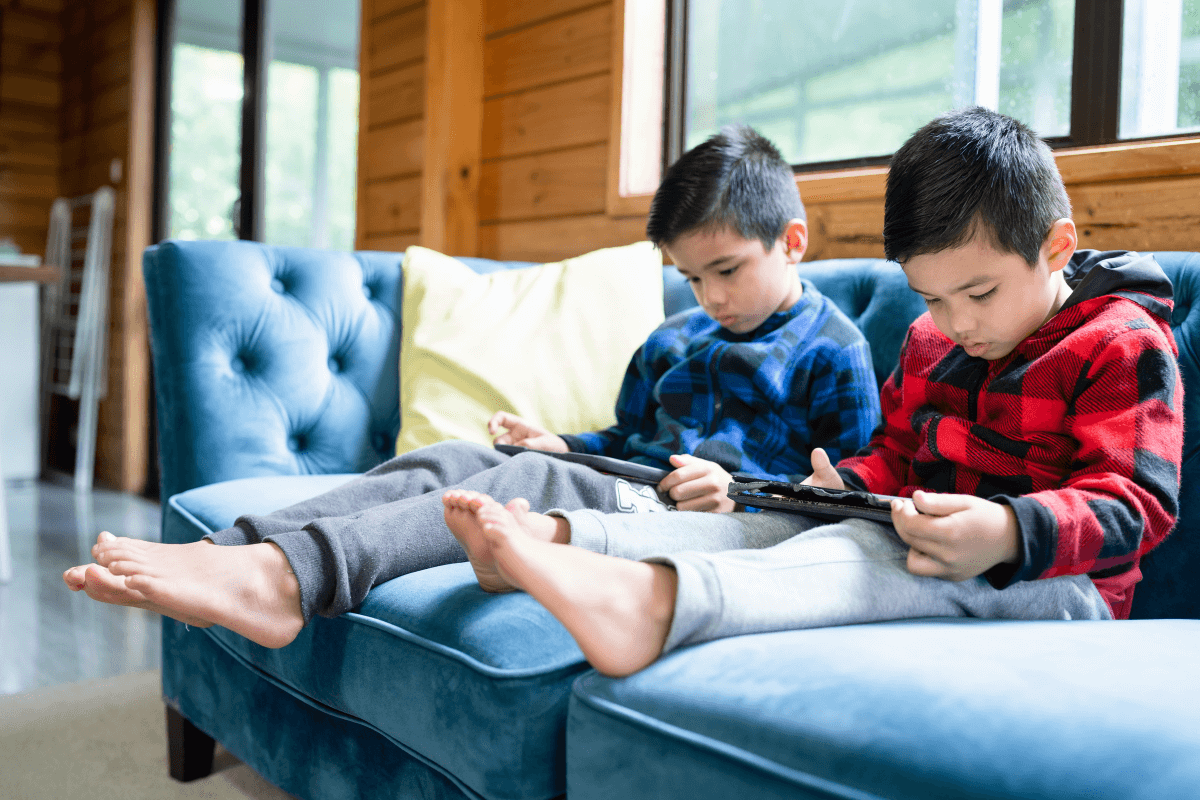As technology becomes more and more a part of our everyday lives, it’s no surprise that its use is becoming more prevalent in education as well. Many different types of technology can be used in the classroom, and new ones are being developed all the time. An Evolving Classroom The classroom is evolving. Technology is […]



